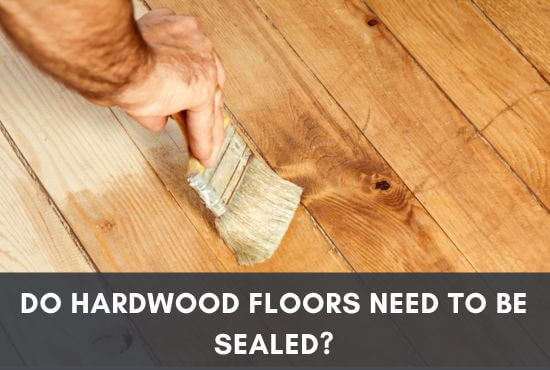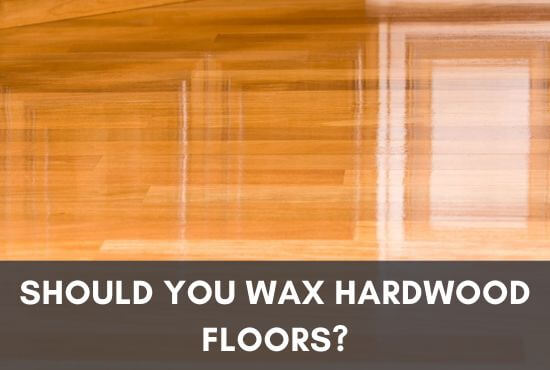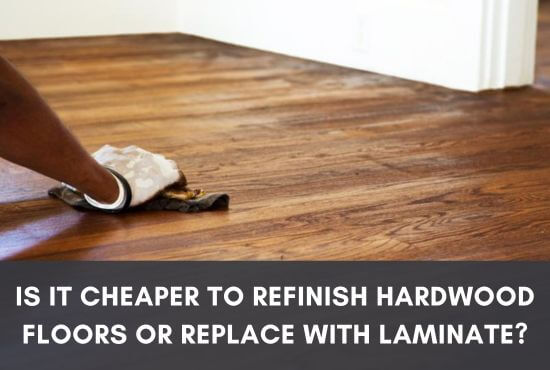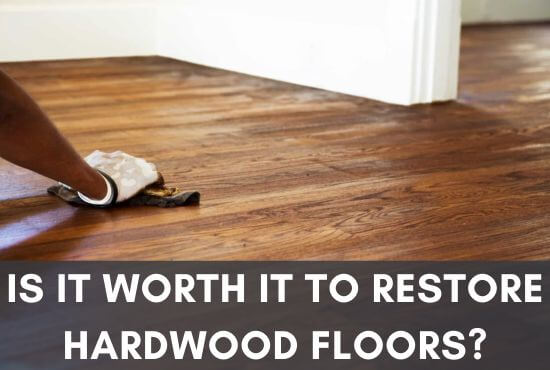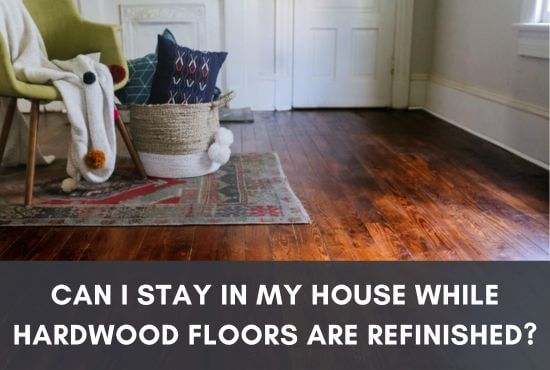Do you also have hardwood floors in your house which have turned yellow due to an unknown reason?
Do you also find it difficult to remove the yellowness from the wood to make it appear brand new again?
Have you also tried all types of wood detergents or polishes but all goes in vain?
If your answer was a yes to any of these questions, it is now high time that you take this matter seriously and follow the advice which will be given to you in this article.
To remove yellowing from hardwood floors, sand and refinish them. Yellowing is typically caused by a buildup layer or sealant. Sanding and refinishing eliminate the yellowed layer, restoring the natural beauty of the wood.

Sanding can, however, remove this problem once and for all and ensure that this does not happen again to destroy the color of your wooden floors.
However, there is another useful method that will surely help you get rid of yellowed hardwood floors without sanding. Therefore, make sure to check it out.
Table of Contents
Why Does The Hardwood Floor Turn Yellow? | How To Remove Yellowing From Hardwood Floors?
The most common reason behind the yellowing of hardwood floors is oil-based products. Be it detergents or varnishes; if you are using oil-based products, they are sure to turn yellowish after a few years.
In the cases of detergents, they leave an oily residue that builds on the surface of the wood. The residue collects and increases when the floors are cleaned with the same product.
Moreover, the situation goes to a point where there is a crusty layer of oily residue on top of the hardwood floors, which not only makes the floors greasy but also invites dirt and debris to be accumulated on the surface.
Furthermore, if your floors have been finished with an oil-based poly, chances are high that you might face yellowed floors after a few years, especially if the floors have been exposed to high amounts of lighting over an extended period.
However, there can also be a case where your hardwood floors are not yellowed, but they seem to be.
This happens when chandeliers, warm lights, or yellow lights are turned on in the room. They can reflect on the hardwood floors and make them appear yellow even if they are not in reality.
Sand & Refinish The Floor
A suitable solution to fix floors that are yellowing or have yellowed is to sand them down to reveal the fresh grain from underneath and restore the color of the wood.
Sanding may be exceptionally helpful in this scenario as it grinds a micro-level layer of wood from the top of your hardwood planks.
You don’t need to sand the floors with a higher grit as it would only grind them more than necessary.
All you need to do is use a small grit sandpaper for a light sanding session, allowing you to reopen clogged pores and reveal a fresh layer of wood.

Moreover, if there are any build-ups on the surface of the hardwood floors or if the finish has turned yellow, you will come to know immediately, and the problem will be solved just as you keep sanding the surface.
It is recommended to grind along the wood grain and not against it, as it can cause unevenness in the texture of the wood.
Once you’ve sanded the floor properly, seal it to prevent any further inconveniences and lock the wood’s original health.
If you were sanding a specific area of the floor, not the entire floor, you need to use the previous finish to keep the same unanimous look.
However, if the floors were not finished earlier, you can use a sealant of your choice to protect the floors from further dangers, including discoloration.
However, if you were using an oil-based sealant or were planning to use one, it is better to switch to a water-based option.
If you proceed with the prior plan, you will have to face the same issues again in a few years.
If your floors had an oil-based finish it is best to refinish the entire hardwood floors as the problem will soon expand to other areas of the floors as well.
Use Water & Vinegar Solution
Yellowed floors can be fixed with vinegar and water, as this is perhaps the best remedy for all problems related to hardwood floors.
Therefore, this solution can restore the color of your yellowed hardwood floors, which might have happened for any reason mentioned above in the article.
Not only can it restore the color of the wood, but it will also give it the right refreshing treatment that the wood needs to be brought back to its original condition.
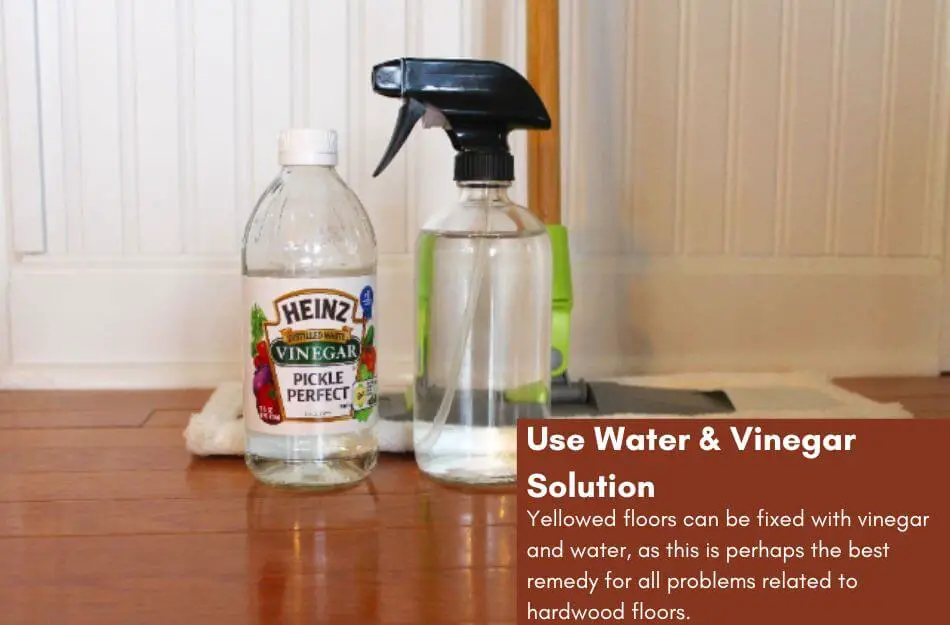
While you would surely need a polishing session afterward to make the wood moist to the desired level again, this solution will surely solve the problem of yellowed floors for you.
Below is a detailed process of how to use the vinegar and water solution to remove the yellowing from hardwood floors:
- Before you can start the removal process, you must dry-mop the surface. This would help to remove any dirt or debris from the surface, which might get puddled later during the cleaning process.
- If you think mopping is long and tiring, you can use a vacuum cleaner as an alternative if you can access it easily.
- Once the solid residue has been removed from the wooden floors, it is time to move towards the more prompting issues: removing the yellowing from hardwood floors.
- Make sure to wear gloves and eyeglasses beforehand so you don’t end up hurting yourself during the process.
- Once all this is done, make the solution to remove the yellow from hardwood floors.
- Mix 1 cup of vinegar to 1 gallon of warm water well.
- This will prepare the cleaning solution for you; however, you will still need some extra towels, a bucket of clean water, and a mop to carry out the process.
- After getting all the necessary items, gently mop the floors from the farthest end to the door; ensure not to use any other cleaning agent in the solution, as it can leave residues on the floors, which can be hard to remove afterward.
Using warm water is recommended as it can not only remove the footprints but will also take care of any stickiness on the surface of your wooden floors.
While you are cleaning the floors, it is possible that dirt and mud stick between the grooves of the floors comes out and makes the mop dirty.
Therefore, when you start to see the water’s color change, you should dip the mop in the bucket of clean water and wring it out thoroughly.
Bottom Line
Hardwood floors can turn yellow due to the use of oil-based products and their extensive use. While you can refrain from using them in the future, it is important to deal with the damage inflicted in the past.
Therefore, if you also have hardwood floors which have turned yellow, you must pay attention.
Follow the guide above to remove yellowing from your hardwood floors and make them appear brand new again

As a co-creator of FlooringFlow.com, Emma Sophia comes on board to answer all your questions related to any flooring problems. Together with John Henry, she’s gained extensive experience in fixing many flooring problems in their own house as well as in friends and family’s. Now, she wants to share her knowledge that she gained during floor remodeling, restoring, and DIY projects.

